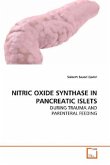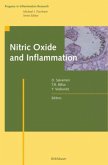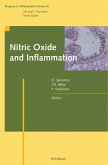Nitrosation of the free sulfhydryl group in peptides and proteins lead to one of their important biological functions; as nitric oxide carriers. Nitric oxide, an important signally free radical molecule cannot travel to many of its important targets by itself due to its short half-life. The S- NO bond in S-nitrosopeptides or proteins, however, is both thermolytically and photolytically labile, leading to release of NO which can then attack other targets such as other amino acids and nucleotides. In this thesis, photodynamic activity of NO released from a model peptide (glutathione) and a model protein (bovine serum albumin) is studied utilizing various spectroscopic tools. The more simple linear transient absorption spectroscopy gives information on the time-scale of the photocleavage as well as that of the subsequence geminate recombination. In addition to experimental study, many theoretical calculations are performed to aid understanding of the results.
Bitte wählen Sie Ihr Anliegen aus.
Rechnungen
Retourenschein anfordern
Bestellstatus
Storno








